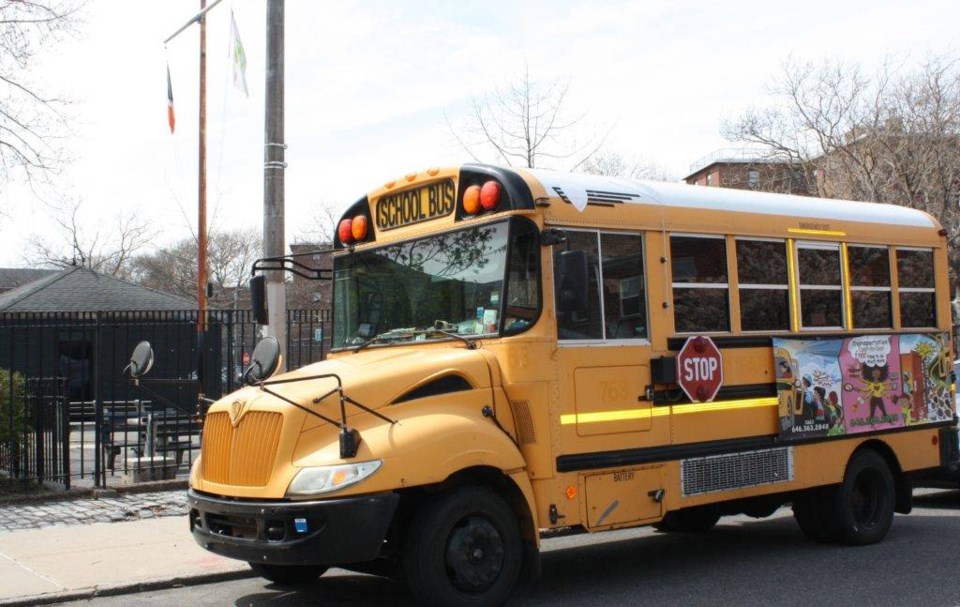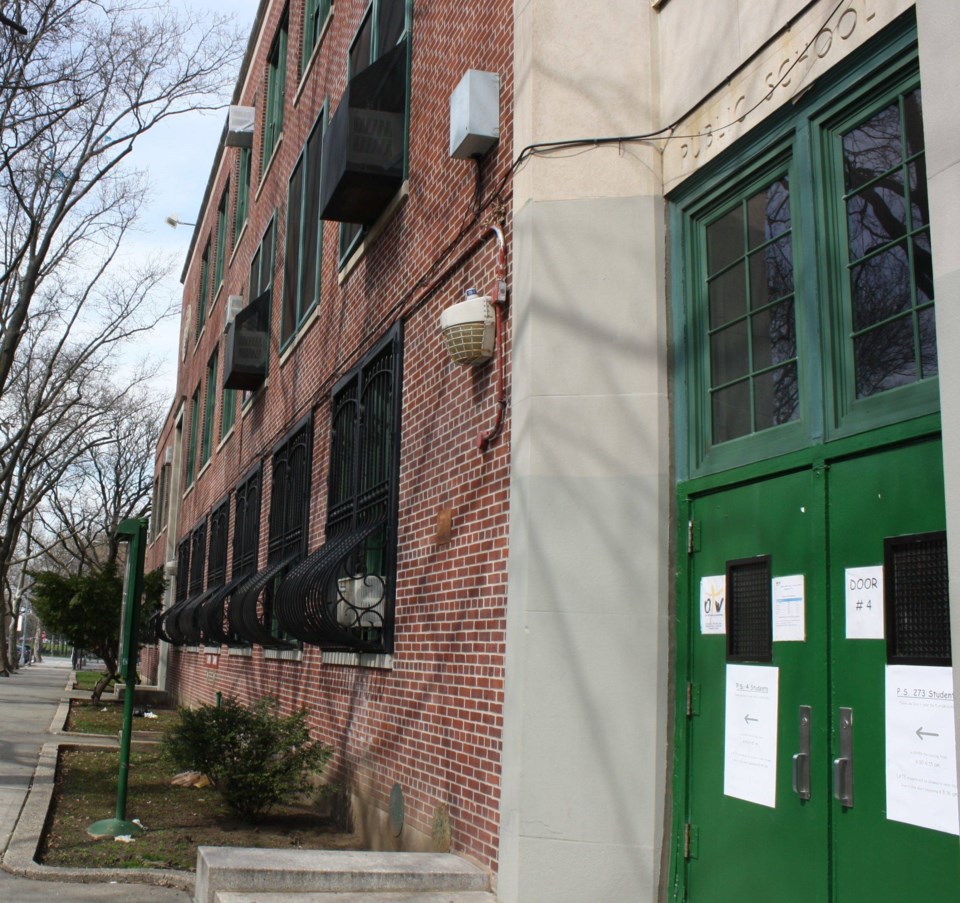New York City Department of Education's remote learning system got off to a rocky start on March 23. An estimated 300,000 students lacked laptops or tablets to participate in online classes when public schools shut down over the coronavirus pandemic.
Since then, the department has worked at a furious pace to obtain devices for those students, Randi Levine, policy director for Advocates for Children of New York, told BK Reader.
Devices are going out to students living in shelters, temporary housing and foster care, said Levine, whose organization advocates for students from low-income backgrounds.
"Unfortunately, there are students who still don't have devices," she said, adding that Advocates for Children recognizes that this is an unprecedented situation.
Even after all students obtain a device, there are serious questions about the effectiveness of remote learning—especially for students who are already academically behind. How will these students, many of them Black and Brown kids in poor communities, fare in the new learning environment?
BK Reader contacted the DOE for answers to some of these questions. However, as of the time of this report, we have not heard back.
Real-time learning vs. independent learning
"I'm nervous about whether our children are getting a quality education," Camara Jackson, the executive director of Elite Learners, a Brownsville-based education and mentorship nonprofit, told BK Reader.
Elite Learners serves one of Brooklyn's most troubled neighborhoods. Brownsville has a high concentration of poverty and student homelessness, as well as a low high school graduation rate. Jackson fears that many of the students her organization serves will fall further behind.
In too many cases, teachers are not conducting real-time instruction online nor interacting with their students, she's observed. Instead, some teachers are just posting assignments and telling their students to complete them.
"That sets back our young people, just to give them an assignment and say return it, with no instructions, no encouragement for students who have difficulty reading or writing. It's a setback. And it's horrible," she said.

Jackson's frustration also comes from a personal place. She said her 8-year-old daughter's teacher has never used Zoom or some other video communication platform for remote learning.
"She only uploads assignments and due dates," Jackson stated, noting that some other teachers are taking the time to interact with their students online.
Advocates for Children has heard similar concerns from parents. Levine said the DOE has permitted a variety of remote learning practices regarding how much live instruction teachers give. "It varies from school to school and even from class to class within schools," she said.
That flexibility could harm disadvantaged students.
"I think teachers should be required to do some online teaching," Dr. Amy Stuart Wells, a professor of sociology and education at Columbia University Teachers College, told BK Reader.
They can't do a 6- to 8-hour day of online teaching, said the professor, who trains teaching students in her graduate school classes. But academically struggling students and young kids need interaction with their teacher—even some one-on-one time helps.
"What's so important is that educators show that they care about kids and that they could empathize with what they are going through and that they are there to support them," Stuart Wells explained. "If you're just posting things to a website, there's no humanity in that."
There's more to it than just providing laptops
The professor said there's another challenge that many students in low-income families face that's often overlooked.
Students who have devices and high-speed access may not have a quiet place to work, think and process what they're learning, said Stuart Wells, who works with several public schools including some in Brownsville.
"There's a lot going on in apartments and temporary housing, making it hard to focus and concentrate," she said. "We know a lot of kids are living doubled up in apartments and are technically homeless too."

At the same time, some families that received tablets from the DOE are not tech savvy.
"We think the DOE should provide more tech support. When families get the tablets, they don't always know how to use them, how to access remote learning. There needs to be more staff available who could talk the family through the process," Levine said.
She continued: "We know students from low-income backgrounds are going to fall behind during this time period, so a big part of our policy agenda will be helping to get them up to speed."
Organizations like Elite Learners are working hard to filling in the gaps. In normal times, Elite Learners operates a computer lab at its office on Belmont Avenue. They are providing devices to students who have fallen through the cracks, as the DOE plays catchup. The organization also offers tutoring through Google Classroom.
But the needs of many Brownsville students are more basic than technology. Remote learning simply won't work if other needs go unmet.
"Young people come to us when they are hungry or need hygiene supplies. A lot of our high school students have babies, so we help them purchase the things they need for their children," said Jackson, adding that her organization is distributing care packages during the pandemic.




